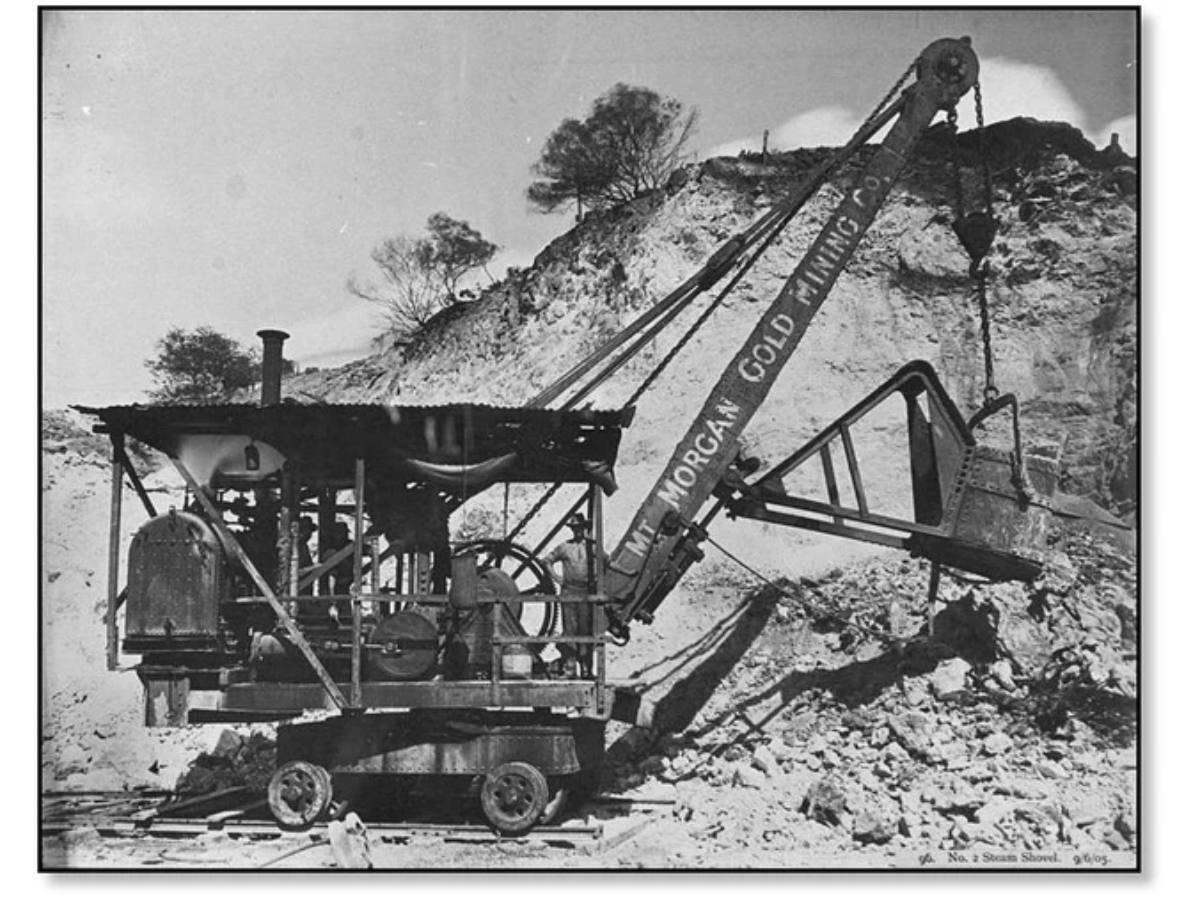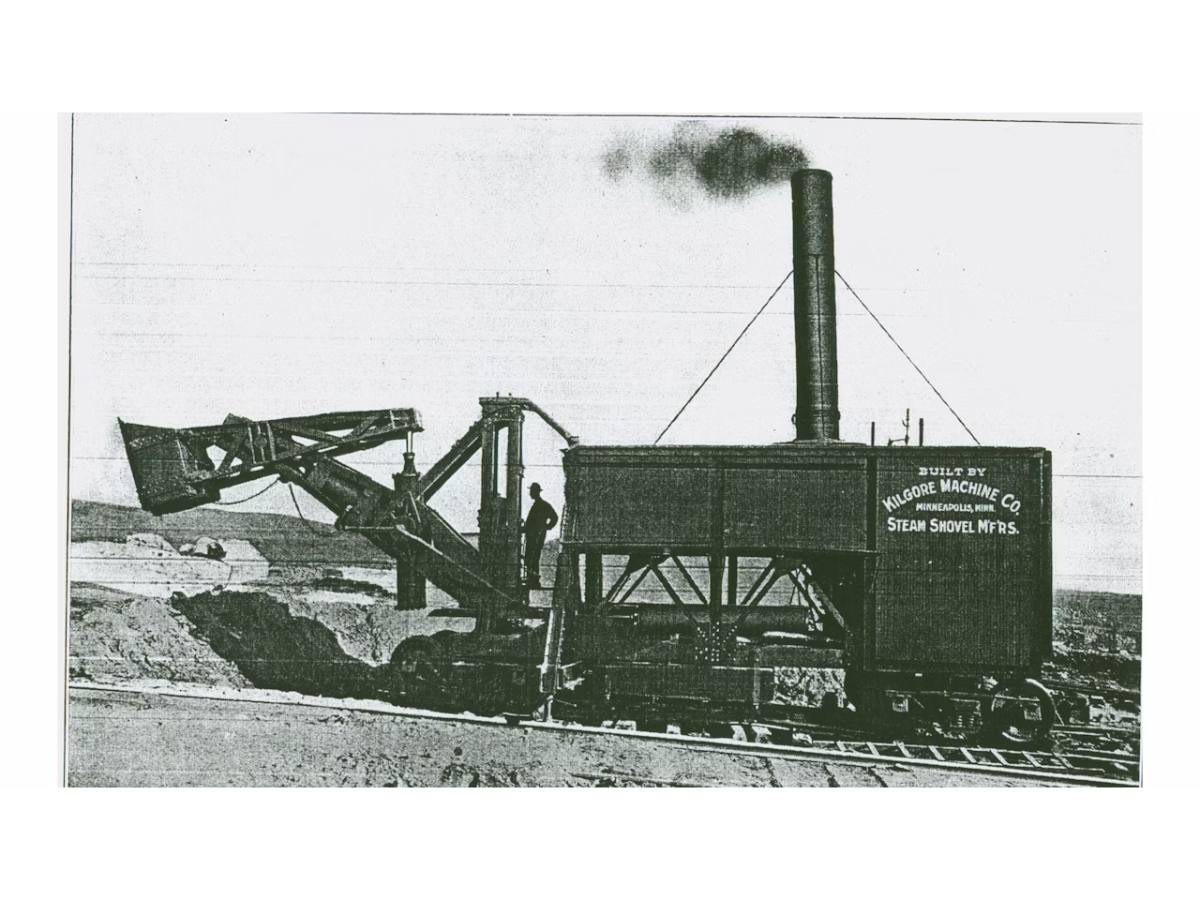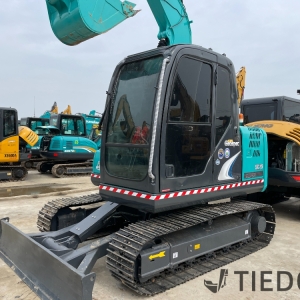Who invented the world's first excavator? From steam to hydraulics, Caterpillar CAT30 becomes the leader
上海华诚二手挖掘机市场 / 2024-05-29We may have many questions about today's topic. Who invented the world's first excavator? The first generation of steam excavators, which is the prototype of excavators, first appeared in front of people. The history of the world's first excavator can be traced back to the late 19th century. It was invented by British inventor William Otis in 1836. However, his invention was called "steam shovel" at the time, which was very different from the excavators we commonly see now. Even if it was placed in front of you, you wouldn't even know what it was for. This steam shovel is mainly used in projects such as railway construction and land reclamation. It is driven by steam power and can dig soil out of the ground and load it onto transport vehicles. The single function cannot be compared with today's excavators.

What we are talking about is the major improvement, that is, the real hydraulic excavator that is known or recognized by most people. It was first developed and mass-produced by Caterpillar in the early 1950s. At present, Caterpillar is also in a leading position in global working machinery. Their first excavator model is Cat 30. This excavator uses a diesel engine as a power source, which has stronger power and wider applicability.

Regarding the configuration of the first excavator, since it appeared earlier than standardized industrial production, the specific configuration details may vary from production batch to production batch and manufacturer. However, we can speculate its general configuration based on the technical level at that time and the basic functions of the excavator:
1. Power system: Due to technical limitations from the late 19th century to the early 20th century, early excavators mostly used steam power. With the development of internal combustion engine technology, diesel engines gradually replaced steam engines as the mainstream power source. These early diesel engines had relatively low power, but were sufficient to meet the needs of excavation operations at the time.
2. Working device: The working device of the excavator is its core part, used to perform tasks such as excavation and loading. The working device of early excavators is usually simple, consisting of a boom, a dipper and a bucket. The boom and dipper are driven by hydraulic cylinders to achieve excavation action. The shape and size of the bucket are designed according to different operation requirements.
3. Chassis and walking system: The chassis of the excavator is used to support the weight of the entire machine and provide walking ability. The chassis of early excavators mostly adopted a crawler design to adapt to various complex terrains. The walking system realizes the movement of the crawler through components such as sprockets and chains, thereby driving the excavator forward or backward.
4. Control system: The early excavator control system was relatively simple, mainly controlling various actions through manual operation handles or pedals. With the development of technology, hydraulic control systems gradually replaced manual control systems, making operation easier and more precise.
The operation method of excavators at that time was very different from that of today. Due to the lack of advanced hydraulic control systems, operators needed to control the movements of the excavator boom, dipper and bucket through complex mechanical linkages and handles. This not only requires superb operating skills, but also requires the operator to have a certain amount of physical strength. Whether it is a new excavator or a used excavator, you need to thank these inventors for their chaung'xin
Over time, excavators have undergone many technological innovations and improvements. For example, the introduction of hydraulic systems has made the operation of excavators smoother and more precise; the application of electronic control technology has further improved the automation and ease of operation of excavators. In addition, with the enhancement of environmental awareness, modern excavators have also adopted more environmentally friendly emission standards to reduce pollution to the environment.
Although we cannot 100% accurately point out which excavator is the world's "first" real excavator, we can be sure that Caterpillar has played an important role in the development of excavators, and its early models such as Cat 30 have had a profound impact on the design of subsequent excavators. Steam excavators have been submerged in the long river of history, and we can't even see the real thing in history museums. We can only understand it through old photos. But the emergence of Caterpillar hydraulics has truly changed the development pattern of excavators, allowing hydraulic excavators to be used to this day. Although there are now pure electric and hybrid excavators, hydraulics are still indispensable as the work and core of excavators.


















